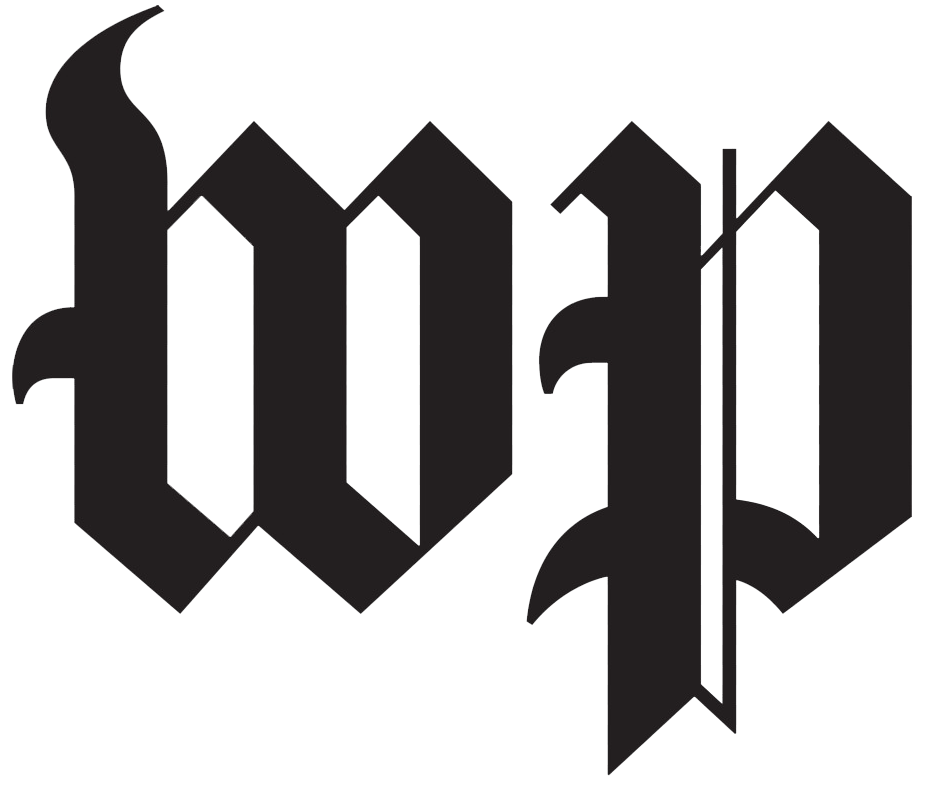This is an edited and slightly extended version of remarks delivered at the Harvard Medical and Dental School Shabbat Observance on Nov. 10, 2023. The opinions expressed reflect only the views of the author.
I am honored by the invitation to be here. I am identified but not devout or highly observant—less familiar with Shabbat rituals than almost all of you. Indeed, but for the harrowing events of the last month it is very unlikely that I would be attending a Shabbat dinner tonight.
We are—I am convinced—at a moment of mortal and moral peril in the world and in university communities like our own. After what we have heard tonight it is not for me to detail Hamas’s evil barbarism or the malevolence of its sponsors. President Biden too has already done that.
My focus tonight will be much closer to home. Since 20 years ago, when I spoke of antisemitism in effect if not intent in response to the Divest Israel movement, I have been alarmed. More recent developments—from Crimson endorsements of BDS, to testimonials by Israeli students regarding in-class discrimination, to vile social media posts—only heightened my concern.
Even so, I am shocked and appalled by what I have seen on university campuses including ours since October 7. I should have raised my voice louder. It is not a mistake I will make again.


